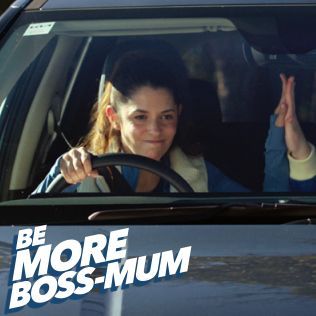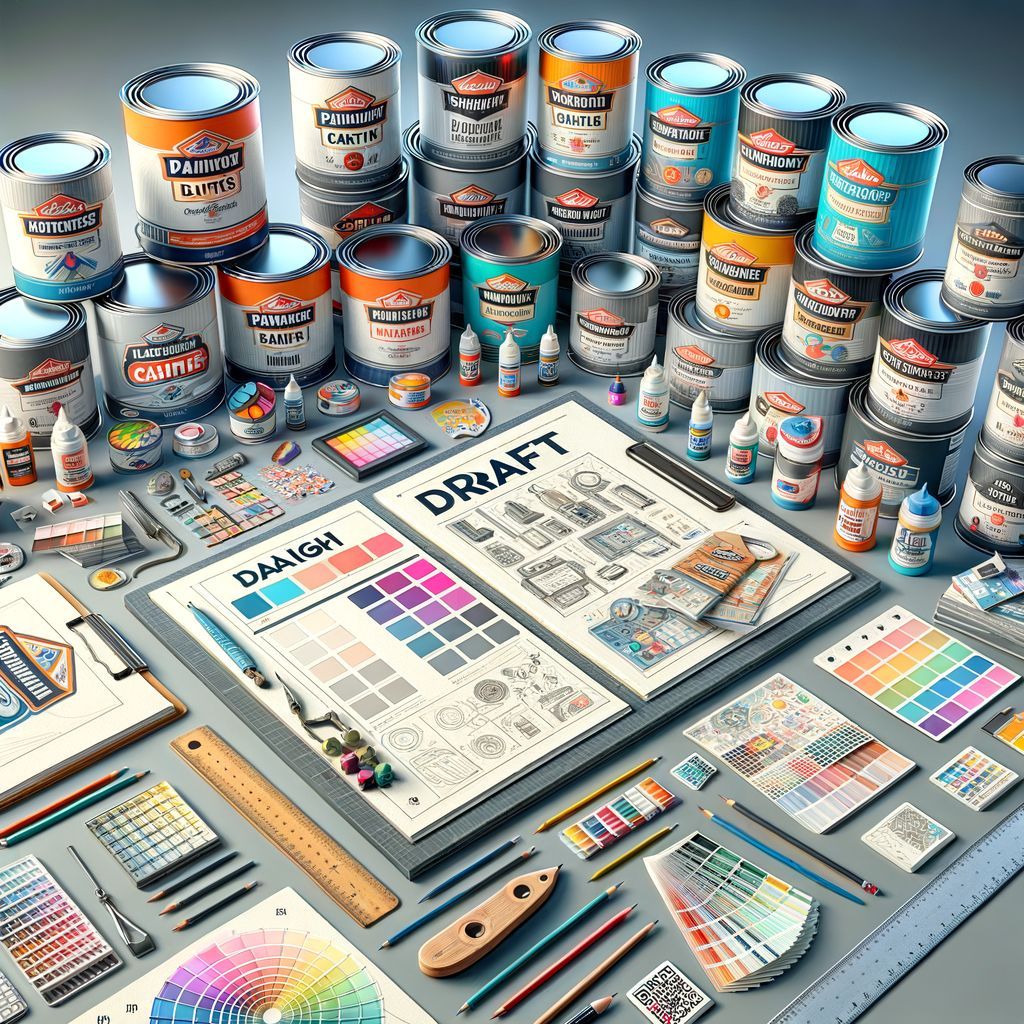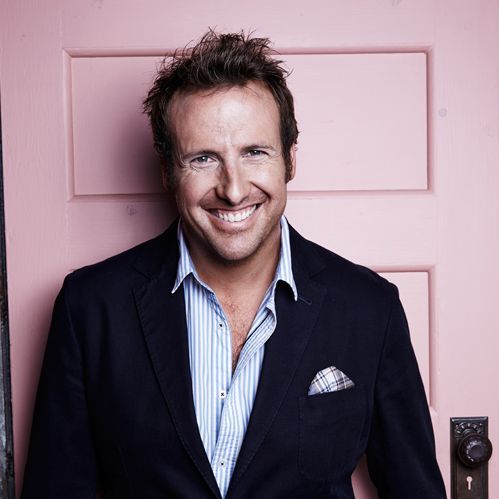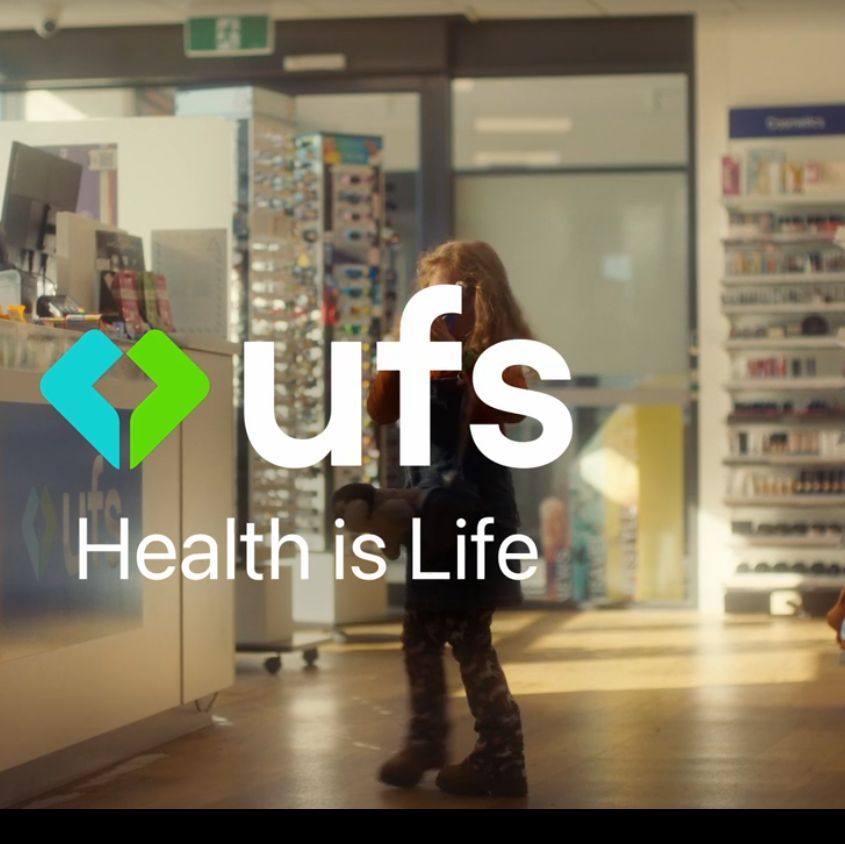

Image by DALL·E Pic: Midjourney
Editors' Note: Many Fast News images are stylised illustrations generated by Dall-E. Photorealism is not intended. View as early and evolving AI art!

Easter DIY surge,
Despite pressures, Aussies build,
$6.3bn to splurge.

Aussies to spend $6.3bn on DIY projects this Easter despite economic pressures
Over a third of Australians are expected to undertake DIY projects over the Easter break, with a projected spend of $6.3 billion on home improvements and renovations, according to research from the Australian Retailers Association (ARA).
The study, conducted in conjunction with Roy Morgan, predicted the average spend on an Easter DIY project this year to be $852 per person, a decrease of 0.5% from last year.
The 18-34 age demographic is expected to spend more than any other age group, with a total of $2.7 billion.
"Despite cost-of-living pressures, DIYs around the house remain particularly popular over Easter, whether it’s an ambitious decoration, a fresh coat of paint or even a gardening blitz. It’s the final break many people will have before winter sets in, and people who aren’t travelling traditionally use this time to upgrade the home and tackle jobs they’ve been putting off for months. Whilst less spend than last year, avid decorators, gardeners and home enthusiasts are tipped to spend $6.3 billion nationwide," said ARA CEO Paul Zahra.
"About 10% of those undertaking a project will spend more than $2,000 on significant projects, however, with an average spend of $852 – we’re typically looking at modest projects that can be knocked over during the long weekend. With 7.8 million Australians taking on DIY projects this Easter, it will be a busy time for hardware stores and homewares’ retailers."
Approximately 7.8 million Australians are expected to take on DIY projects this Easter. More than 34% of women will undertake a DIY project.
Western Australia has the highest percentage of people planning a DIY project (44%), followed by South Australia (40%) and Queensland (38%).
Approximately two-thirds of the DIY spending, or $4.5 billion, is expected to be in the capital cities, while $1.8 billion will be spent in country areas of Australia.










